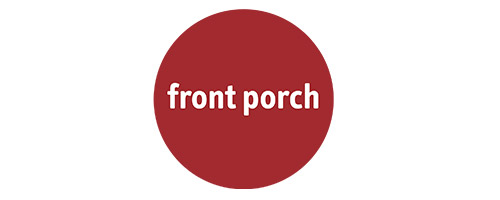OrthoInfo.org offers Osteoporosis awareness and prevention resources for patients
Orthopaedic surgeons share how to take action to keep bones healthy and slow down bone loss
This May, OrthoInfo.org, the authoritative and trusted source on bone and joint health, is joining organizations across the country to raise awareness about prevention strategies that can help reduce one’s risk of developing osteoporosis. From articles about bone health basics to osteoporosis prevention and treatment options, OrthoInfo offers a variety of resources carefully developed and reviewed by experts from the American Academy of Orthopaedic Surgeons (AAOS) to help patients guide bone health decisions as a lifelong commitment.
“Osteoporosis can be a debilitating bone disease that occurs when the body loses too much bone, makes too little bone, or both. As a result, bones become weak and may break from a fall, or in serious cases, even a sneeze,” said AAOS spokesperson Mercedes Dina von Deck, MD, FAAOS. “By familiarizing yourself with the controllable risk factors, such as diet, exercise and lifestyle choices, patients can better navigate the complex process of managing osteoporosis.”
What is Osteoporosis?
Osteoporosis is often called a silent disease that is largely preventable, yet it affects approximately 54 million Americans[1]. Despite the modifiable lifestyle choices people can take to prevent osteoporosis-related fractures, they continue to rise, resulting in an osteoporotic fracture every three seconds worldwide[2]. Orthopaedic surgeons are the front line of recognizing patients with osteoporosis and those at high risk of osteoporosis-related fractures.
- Read more about who should be concerned about osteoporosis and how it is diagnosed here.
- Better understand osteoporosis prevention and treatment here.
Take Action
According to Dr. von Deck, bone loss and fractures don’t have to be an inevitable part of aging. Patients can work with their orthopaedic care team to review test results and medical history to develop a treatment plan to protect and improve bone health and prevent falls that may lead to future fractures. To start now, consider the following:
- Changing your diet
- Taking supplements — especially calcium and vitamin D – to build or improve your ‘bone bank’
- Making lifestyle modifications, such as developing a sustainable exercise plan, quitting smoking if you smoke, and limiting alcohol consumption
- Taking medications to lower your risk of fractures by increasing bone density, preventing bone loss, or building new bone
- Preventing falls, including addressing fall risks in your home, and doing exercises to improve your balance.
- Preventing or controlling diabetes
- Preventing or controlling high blood pressure
- Starting estrogen replacement therapy if you are postmenopausal
Do you have news to share?
The ICAA welcomes your news submissions. Please send your press releases to colinmilner@icaa.cc-the ICAA's email for submissions-and staff will consider your news for possible publication. Newsworthy topics include such things as center/community openings; initiative or campaign launches; announcements of awards, promotions or grants; and other topics of interest to active-aging professionals.
Share






























